
Terpenes- More Than Just a Dank Aroma
Whether you are a cannabis connoisseur or only smelt the herb once outside of a frat house back in college,
Skincare products and cosmetics are meant to help protect the skin and to eccentricate our natural beauty. Unfortunately, many of the cosmetics and skincare products on the market are tainted with harmful chemicals and ingredients. Did you know that in the EU, there are over 1,300 banned ingredients that are not allowed to be used in skincare and other beauty products? In the United States, however, that list is much smaller. In fact, the United States has only banned 11 products from skincare and beauty product formulations.
Here at Potency No. 710, we believe that products should be safe, effective, and free of harmful chemicals. In this article, we will discuss the following 13 ingredients that should be avoided in skincare, health, and beauty formulations.
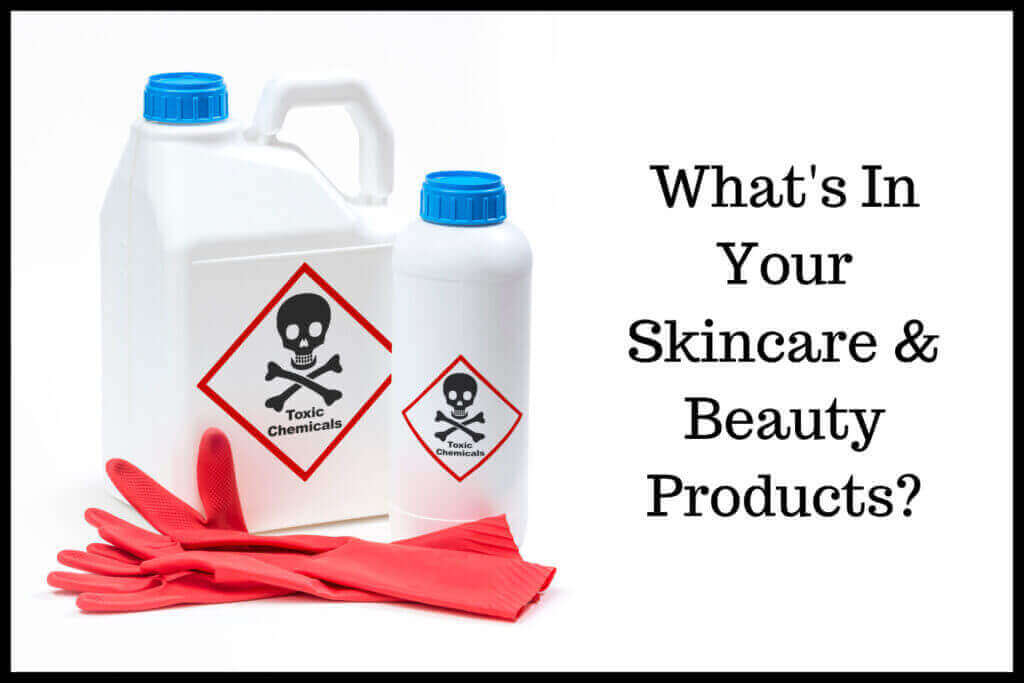
Not only will we discuss these ingredients and their risks, but we will also discuss natural alternatives that can be utilized without fear of toxicity. First, however, let’s look at some of the common side effects and risks that are presented by the majority of all of the ingredients we will discuss. These include but are not limited to the following.
As you can see, the list of potential dangers presented by these commonly utilized ingredients is quite concerning. Let’s look at these 13 ingredients more in-depth and some of the natural alternatives that could be used in place of these ingredients to fulfill their intended purpose!
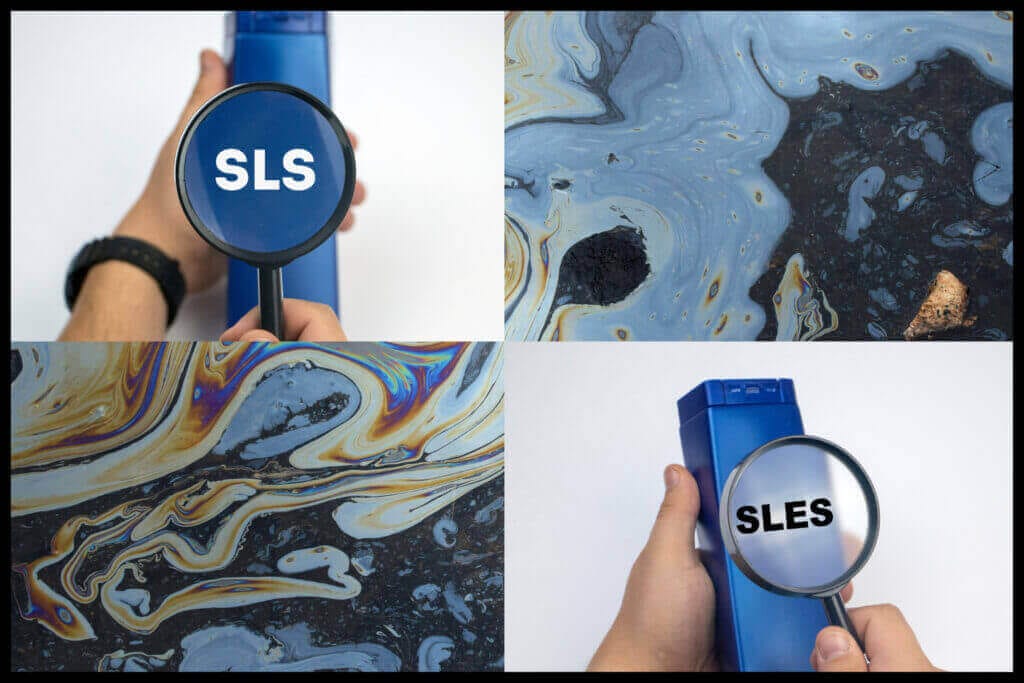
BHA (butylated hydroxyanisole) and BHT (butylated hydroxytoluene) are commonly found in moisturizers and lipsticks. However, they are sometimes utilized in other skincare and beauty products. These synthetic antioxidants are added to products in order to extend their shelf life. BHA has been shown to be a carcinogen and to disrupt hormone function within the body. Additionally, BHT has been shown to cause blood coagulation issues and reproductive effects in addition to being fatal to rodents.
There are many natural antioxidant alternatives that can be utilized in skincare and beauty products that do not present the same risks as compounds such as BHA and BHT. These include but are not limited to green tea, rosemary, grape seed oil, basil grape, blueberry, pine bark, and Vitamin C& E.
Commonly found in hair dyes and shampoos labeled as P-Phenyl-Enediamine, coal tar dyes, a byproduct of coal processing, are known to be carcinogens and are often labeled as a color that identifies as “C.I. #####” on ingredient labels. Used as a colorant and anti-dandruff agent, this chemical can be concentrated with heavy metals that are toxic to the brain and may cause cancer.
There are many natural anti-dandruff alternatives that can be utilized in shampoos and conditioners, such as tea tree oil, apple cider vinegar, lemongrass oil, coconut oil, and vitamin B, to name a few, all of which present minimal risks in comparison to coal tar dyes.
Ethenalomines, sometimes labeled as MEA, DEA, or TEA, are pH adjusters, emulsifiers, and surfactants commonly found in moisturizers, shampoos, sunscreens, and other creamy/foamy beauty products, including hair dyes, foundation, and mascara. Additionally, these chemicals can be found in paint, dry-cleaning solvents, and pharmaceuticals. They have been linked to cancer-causing nitrosamines, inhibited fetal brain development, hormone disruptions, skin toxicity, allergies, and more.
Sodium Lauryl Sulfate or SLS for short, along with Sodium Laureth Sulfate or SLES, can be found in many beauty products, including bubble baths, shampoos, and body washes, to name a few. These chemicals are often tainted with ethoxylation, a byproduct of petrochemical processes. SLS and SLES are both known to trigger allergies as well as to cause skin irritation. SLS and SLES are utilized in beauty products as a surfactant for their “cleansing, foaming, thickening, emulsifying, solubilizing, penetration enhancement, antimicrobial effects, and other special effects,” according to The American Oil Chemists’ Society. They are also found in household products such as dish soap and laundry detergent.
There are many natural emulsifying alternatives that can be utilized in cosmetic and skincare products. These include natural emulsifiers such as beeswax, plant-sourced lecithin, and vegetable wax. Additionally, soapwort and castile soap are both natural surfactants. All of these ingredients are much safer alternatives to ethanolamine.

Oxybenzone is a chemical commonly found in sunscreens that have been linked to a wide variety of health and environmental issues. This UV light absorbing ingredient is linked to hormone disruption, sensitization, allergies, skin irritation, acne flare-ups, and cellular damage. Many moisturizers also contain this harmful ingredient. Unfortunately, not only does it cause potential harm to our bodies, but oxybenzone is also harmful to coral reefs, our oceans, and the habitats within them. Oxybenzone has been shown to expedite the bleaching of reefs at an unimaginable rate leading some countries to ban it from being used on their beaches.
Zinc Oxide and Titanium Dioxide are two of the absolute best natural alternatives to UV fighting ingredients such as oxybenzone. Unlike oxybenzone, these natural UV protectants do not present the many side effects such as those mentioned above. In fact, together, they provide even better protection and more beneficial properties for your skin. Zinc Oxide and Titanium Dioxide were the only two FDA-reviewed UV filtering sunscreen ingredients that were proven to be effective and safe based on available information.
Phthalates, commonly labeled as DBP, DEHP, DEP, or a variety of other ways, are utilized in beauty products as a fixative that helps fragrances stick to the skin and to make products more pliable. Unfortunately, they also have been linked to birth defects and may disrupt the endocrine system. This plasticizing chemical is commonly found in synthetic fragrances, hairspray, nail polish, and a variety of other beauty products in addition to plastic materials.
There are many natural fixative alternatives that can be utilized in cosmetics and other beauty products. These include but are not limited to tonka, myrrh, cedarwood, clary sage, frankincense, cistus, and vetiver. Unlike phthalates, these natural ingredients not only work as a fixative but also offer their own unique benefits in products such as skin serums.
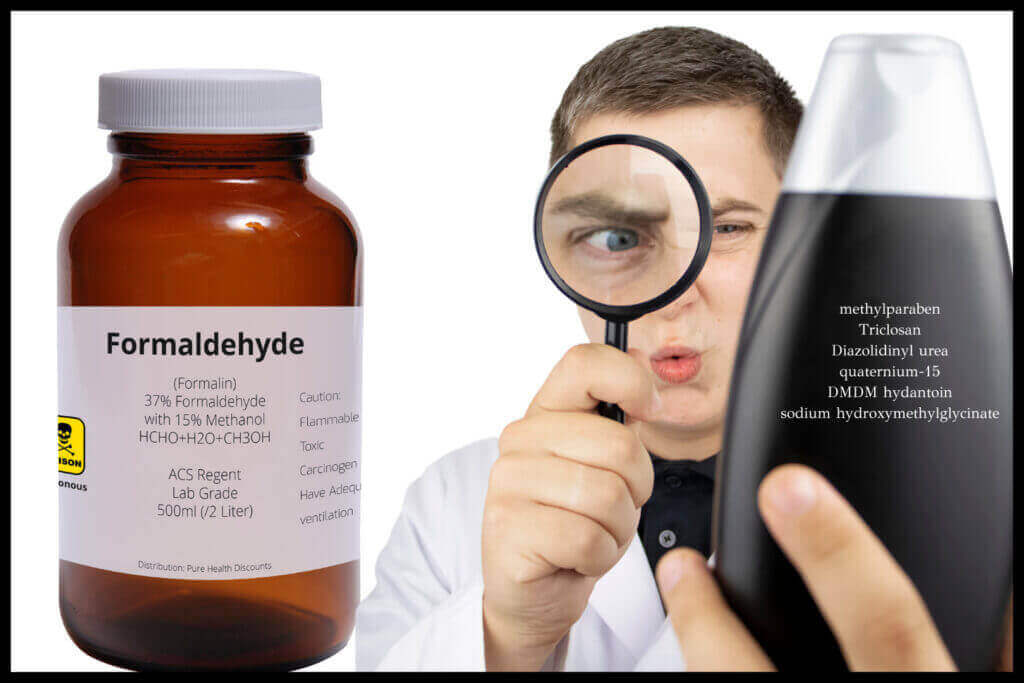
Formaldehyde-releasing preservatives are used commonly in cosmetics and beauty products as a preservative. These preservatives include but are not limited to ingredients such as methenamine, imidazolidinyl urea, Diazolidinyl urea, quaternium-15, DMDM hydantoin, sodium hydroxymethylglycinate, 2-Bromo-2-nitropropane-1, and 3 diol (Bronopol), as well as many others. These preservatives, which are commonly used in moisturizers, body washes, hair products, and bubble baths, have been linked to asthma, developmental toxicity, and neurotoxicity. Additionally, they are also known as cancer-causing carcinogens.
Triclosan is a chemical often used in liquid soap and toothpaste that is also found in beauty products such as cleansers, hand sanitizers, and deodorants as a preservative and for their antibacterial properties. Unfortunately, these antimicrobial pesticides are toxic to ocean life, may cause hormone disruption, and have been attributed to antibiotic-resistant bacteria.
Parabens such as methylparaben, which is banned in the E.U., are added to a wide variety of skincare and beauty products as a preservative. Commonly found in moisturizers, makeup, and other cosmetics, parabens are linked to endocrine disruption, reproductive toxicity, and a decrease in hormone function. Parabens are a known carcinogen linked to cancer, including breast cancer. Unfortunately, despite this, it is estimated that 75-90% of cosmetics contain this harmful ingredient.
Any product that contains a water or oil base is subject to bacterial growth and contamination; that is why it is essential to include a preservative in skincare and beauty products such as moisturizers, hair products, and body washes. Some natural alternatives to formaldehyde-releasing preservatives, parabens, and triclosan include coconut fruit extract, aspen bark powder, willow bark extract, and fermented radish root.
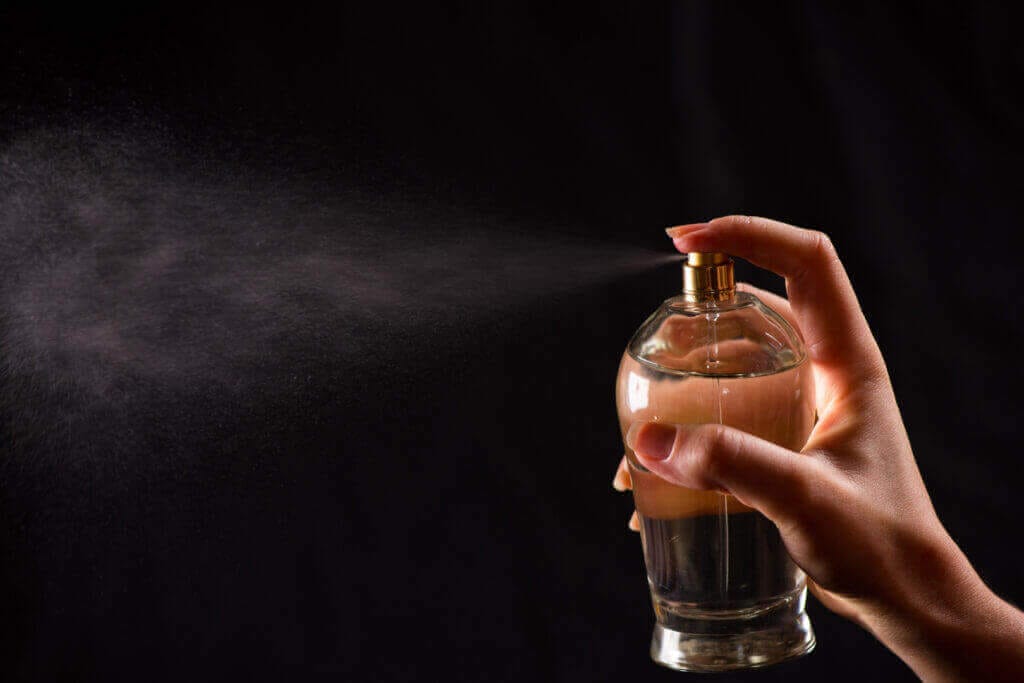
Synthetic fragrances and perfumes are engineered agents that can contain a variety of different combinations from over 3,000 different stock chemical ingredients. Many of these chemical ingredients are known allergens and can disrupt hormone production, while others cause neurotoxicity and are linked to various cancers. Synthetic fragrances can be found in nearly all types of personal care, skincare, and beauty products on the market today, and their specific formulations are protected under federal law’s trade secret laws allowing brands to keep this information undisclosed. Aside from beauty products, they can also be found in laundry detergents, softeners, and other cleaning products.
The International Organization for Standardization’s ISO 9235 classifies natural aromatic compounds as those that have been removed from plants through extraction, expression, or distillation. Natural fragrances are a combination of natural aromatic raw materials, including but not limited to essential oils, isolates, resins, and terpenes. Nature provides thousands of plants with unique aromatic properties that can be utilized in health and beauty products, including skincare products, in order to provide thousands of combinations of fragrances that do not present the same risks as chemical-based fragrances from synthetic sources.
PEG compounds, also known as simply PEGs, may contain ethylene oxide and 1,4-dioxane, both of which are known carcinogens. PEGs are utilized in cosmetics and beauty products as thickeners, softeners, moisture carriers, and solvents, depending on how they are manufactured. You can find PEGs in moisturizers, deodorants, sunscreens, skin creams, shampoo, conditioners, and other cosmetic cream bases. They are also commonly used as a laxative in pharmaceuticals as well. PEGs can cause damage to the nervous system and may be an irritant to the respiratory system.
Petrolatum, or more commonly petroleum jelly, is commonly added to skincare products, hair products, and other cosmetics as a skin barrier and moisturizer. This petroleum-based product may contain polycyclic aromatic hydrocarbons, also known as PAHs, that are linked to cancer when exposed to the skin for long periods. PAHs are known allergens and can also cause skin irritation. This carcinogen is also linked to several different cancers leading it to be banned from use in cosmetic products in the E.U.
Siloxanes such as cyclotetrasiloxane and Cyclopentasiloxane — also known as D4 and D5, are widely utilized in cosmetics to smoothen and soften skin as well as to moisten. Commonly found in deodorants, facial treatments, and skin moisturizers, these ingredients have been shown to disrupt hormone function and present reproductive toxicity. Uterine tremors, harm to the immune and reproductive systems, and negative influence on neurotransmitters are just some of the risks of siloxanes in beauty and skincare products. Siloxanes are commonly added to beauty products for their moisturizing properties but can also be found in medical devices, building sealants, lubricants, water-repelling windshield washes, and more.
There are many natural moisturizers found on earth that can be utilized in cosmetics, skincare, and other beauty products that do not present the same adverse risks as siloxanes, petrolatum, and PEG compounds. These natural alternatives include coconut oil, cocoa butter, and shea butter which all make great natural alternatives to petrolatum. Additionally, bamboo bio-ferment, broccoli seed oil, and Abyssinian seed oil make for great alternatives to harmful siloxanes.
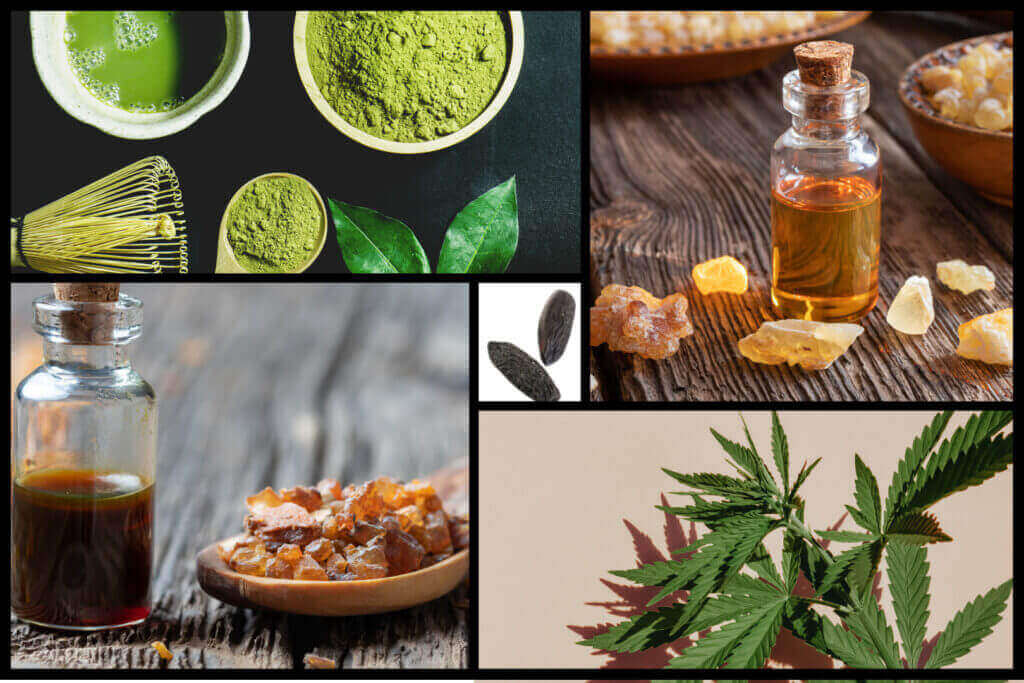
The Potency No. 710 product line is powered by plants and embraces many of the natural ingredient alternatives mentioned above. Some of our favorites include the following, all of which not only serve a purpose in skincare products but also provide their own unique set of benefits!
Potency No. 710’s founder Mandy Lile has more than two decades of experience as an aesthetician, and if you ask anyone that knows her, she has a passion for protecting and healing others from the skin to within! She has specially formulated the Potency product line with the highest of intentions and offers products free from harmful preservatives, synthetic fragrances, petroleum-based moisturizers, parabens, and all of the harmful ingredients listed above! When you are ready to experience the power of natural skin care products, check out all we have to offer here at Potency No. 710 and truly experience plant magic!

Whether you are a cannabis connoisseur or only smelt the herb once outside of a frat house back in college,

As we journey through different stages of life, our skin inevitably changes. Much like when you visit the doctor and

Ever wonder who keeps an eagle eye on the quality of cannabinoid-based products? That’s where the Physicians Cannabinoid Council (PCC)

Green tea is as beneficial as it is delicious! Our founder Mandy LOVES to sip on this tantalizing delight, be

The world of aromas is a captivating realm, a sensory journey that transcends time and space. From ancient civilizations to

Let’s face it, the looming uncertainty of what is next is driving us all to our wit’s end. This doesn’t